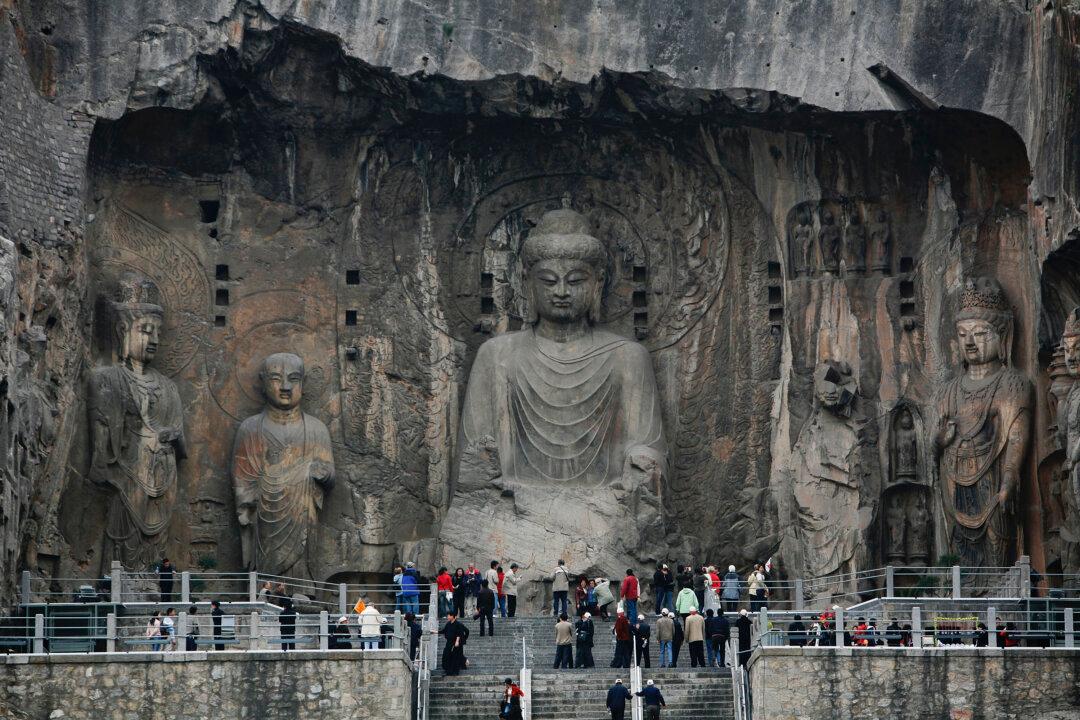Commentary
The following is drawn from my e-book, “Talks on Chinese Civilization.” I explain some overlapping historical phenomena in both China and the West. Our civilizations are linked, and there are certainly profound reasons behind this.

The following is drawn from my e-book, “Talks on Chinese Civilization.” I explain some overlapping historical phenomena in both China and the West. Our civilizations are linked, and there are certainly profound reasons behind this.